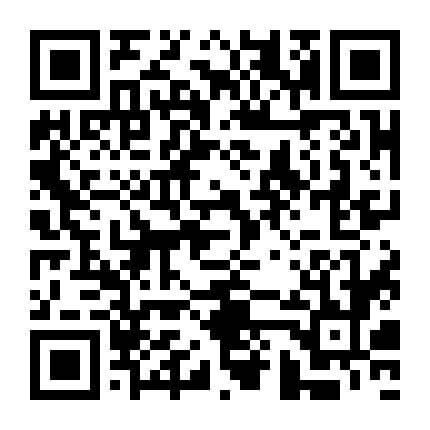2018上半年信息安全工程师上午真题(八)
摘要:2018上半年信息安全工程师考试已结束,相信很多考生都关注考试内容,小编为大家整理了2018上半年信息安全工程师上午真题,以下为第八部分。
● Trust is typically interpreted as a subjective belief in the reliability, honesty and security of an entity on which we depend ( )our welfare .In online environments we depend on a wide spectrun of things , ranging from computer
hardware,software and data to people and organizations. A security solution always assumes certain entities function according to specific policies.To trust is precisely to make this sort of assumptions , hence , a trusted entity is the same as an entity that is assumed to function according to policy . A consequence of this is that a trust component of a system must work correctly in order for the security of that system to hold, meaning that when a trusted( )fails , then the sytems and applications that depend on it can( )be considered secure . An often cited articulation of this principle is:" a trusted system or component is
one that can break your security policy” ( which happens when the
trust system fails ). The same applies to a trusted party such as a service provider ( SP for short )that is , it must operate according to the agreed or assumed policy in order to ensure the expected level of securty and quality of services . A paradoxical conclusion to be drawn from this analysis is that security assurance may decrease when increasing the number of trusted components and parties that a service infrastructure depends on . This is because the security of an infrastructure consisting of many
Trusted components typically follows the principle of the weakest link , that is ,in many situations the the overall security can only be as strong as the least reliable or least secure of
all the trusted components. We cannot avoid using trusted security components,but the fewer the better. This is important to understand when designing the identity management architectures,that is, fewer the trusted parties in an identity management model , stronger the security that can be achieved by it .
The transfer of the social constructs of identity and trust into digital and computational concepts helps in designing and implementing large scale online markets and communities,and also plays an important role in the converging mobile and Internet environments . Identity management (denoted Idm hereafter ) is about recognizing and verifying the correctness of identitied in online environment .Trust management becomes a component of ( ) whenever different parties rely on each other for identity provision and authentication . IdM and Trust management therefore depend on each other in complex ways because the correctness of the identity itself must be trusted for the quality and reliability of the corresponding entity to be trusted.IdM is also an essential concept when defining authorisation policies in personalised services.
Establishing trust always has a cost , so that having complex trust requirement typically leads to high overhead in establishing the required trust . To reduce costs there will be incentives for stakeholders to “cut corners”regarding trust requirements ,which could lead to inadequate security . The challenge is to design IdM systems with relatively simple trust requirements.Cryptographic mechanisms are often a core component of IdM solutions,for example,for entity and data authentication.With cryptography,it is often possible to propagate trust from where it initially exists to where it is needed .The establishment of initial( )usually takes place in the physical world,and the subsequent propagation of trust happens online,often in an automated manner.
(71)A.with
B. on
C. of
D. for
(72)A.entity
B.person
C.component
D.thing
(73)A. No longer
B. never
C. always
D.often
(74)A. SP
B. IdM
C.Internet
D.entity
(75)A.trust
B.cost
C.IdM
D. solution
延伸阅读
软考备考资料免费领取
去领取
- 3
- 1
- 6
 专注在线职业教育24年
专注在线职业教育24年








 扫描二维码
扫描二维码
 扫描二维码
扫描二维码








